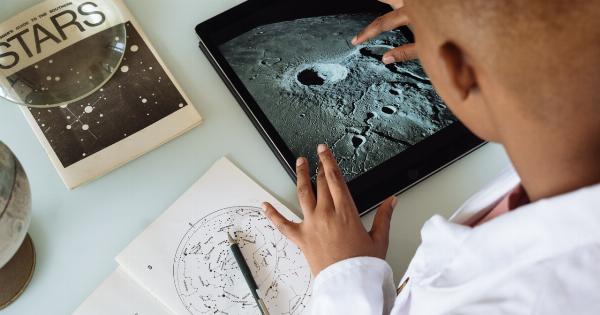Science has come a long way over the years, with advancements and breakthroughs that have revolutionized the world we live in.
One such trend in scientific research is the pursuit of giant science, where researchers aim to create bigger and grander experiments in the hopes of uncovering new knowledge and pushing the boundaries of what is possible. While the desire to go big is admirable, there are several pitfalls that come with giant science. In this article, we will explore these pitfalls and discuss why sometimes, bigger isn’t always better.
1. Increased Costs
One of the major downsides of giant science is the substantially increased costs associated with larger experiments.
Giant projects often require massive budgets to cover the expenses of building and maintaining the infrastructure, acquiring specialized equipment, and funding a large team of researchers. These costs can stretch the resources of scientific institutions and limit the ability to invest in a wide range of research areas or support smaller-scale, but equally important, studies.
2. Limited Access
Another drawback of giant science is the limited access it provides to researchers and the scientific community as a whole.
Large-scale experiments often have a centralized location or are limited to a few specific sites, making it challenging for scientists from other institutions or regions to participate actively in the research. This lack of inclusiveness can hinder collaboration and impede the advancement of scientific knowledge.
3. Ethical Concerns
Giant science projects can raise ethical concerns, particularly when they involve experiments on human subjects or have significant environmental impacts.
The scale of these experiments amplifies the potential risks and implications, requiring even greater scrutiny and consideration of the ethical implications. The potential for unintended consequences and harm is magnified, and it becomes essential to carefully balance the benefits with the potential risks.
4. Bias in Research
Large-scale projects tend to attract significant attention and funding, often resulting in a disproportionate emphasis on these endeavors.
This bias can lead to an imbalance in available resources, with smaller projects receiving less attention and support. This inequality in research funding can hinder the exploration of diverse scientific disciplines and limit innovation.
5. Data Overload
The sheer amount of data generated by giant science projects can be overwhelming. Processing and analyzing such vast quantities of information require sophisticated data management systems and computational power.
Failure to handle this data effectively can result in valuable insights being overlooked or potentially misleading conclusions being drawn, leading to wasted resources and flawed scientific findings.
6. Lack of Flexibility
Giant science projects often have a long planning and implementation phase due to their complexity and scale. While this rigorous planning is necessary, it can limit the adaptability and responsiveness of the research.
The scientific landscape is constantly evolving, with new discoveries and emerging areas of interest. Projects that are too rigid may miss out on incorporating new methodologies or adapting to changing research priorities.
7. Public Disconnect
When science becomes too grandiose and detached from everyday life, a gap can emerge between the scientific community and the general public.
Giant science projects can be seen as obscure or disconnected from the societal challenges and concerns that people face. Engaging the public becomes crucial for garnering support, fostering trust, and ensuring that scientific research aligns with the broader needs and aspirations of society.
8. Competition and Collaboration
While giant science projects often aim to tackle monumental research questions, they can inadvertently foster a climate of competition instead of collaboration.
The tremendous resources and recognition associated with these projects can lead to intense competition among researchers and institutions, often at the expense of cooperative efforts. In contrast, smaller-scale projects often promote collaboration and a sense of shared purpose.
9. Environmental Impact
Giant science experiments frequently have a significant environmental impact. These projects require vast amounts of energy to run, contribute to carbon emissions, and can disrupt local ecosystems.
It is crucial for researchers to carefully consider and minimize these environmental footprints to ensure that the pursuit of scientific knowledge does not harm the planet we inhabit.
10. Duplication of Effort
Giant science projects can sometimes duplicate efforts already made by smaller-scale studies. The allure of giant science can overshadow existing research, leading to a repetition of work that has previously been explored.
This duplication of effort can waste valuable resources and delay the discovery of new knowledge that could have been achieved through collaboration or supporting ongoing research initiatives.
In conclusion, while giant science projects may have their merits, it is important to recognize the pitfalls associated with such endeavors.
Increased costs, limited access, ethical concerns, bias in research, data overload, lack of flexibility, public disconnect, competition stifling collaboration, environmental impact, and duplication of effort are all significant drawbacks that should be carefully considered.
Balancing the pursuit of monumental scientific goals with the need for inclusiveness, ethical considerations, and efficient resource utilization is key to ensuring that scientific progress benefits both the scientific community and society as a whole.


























